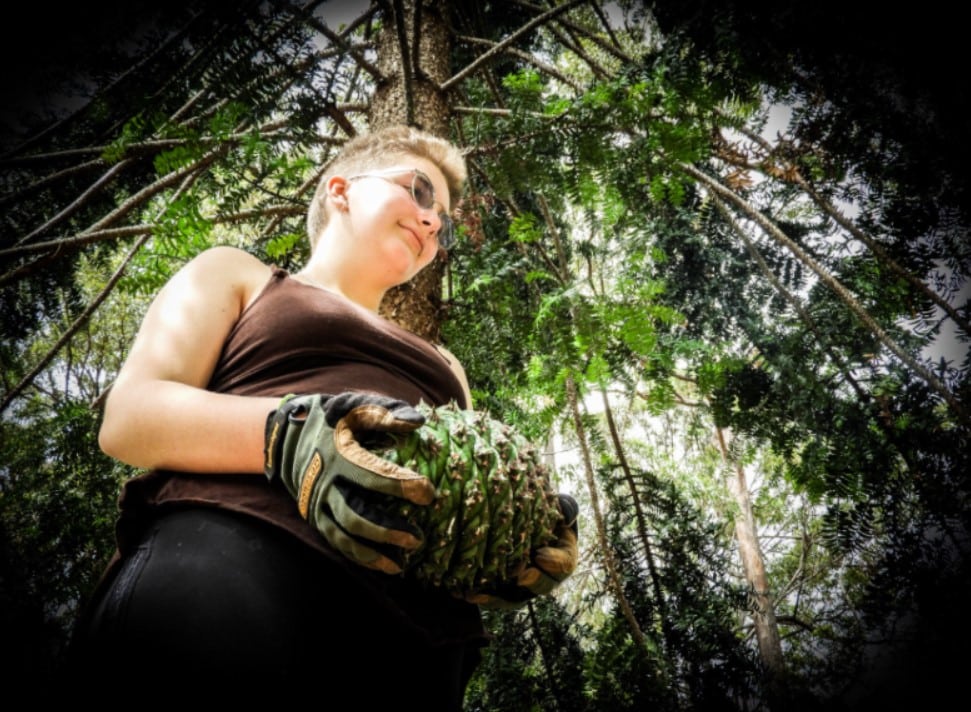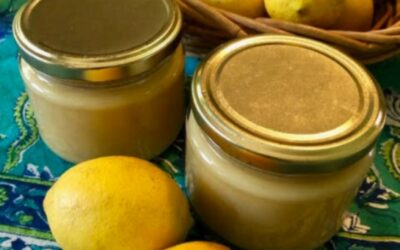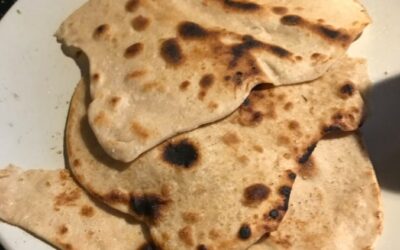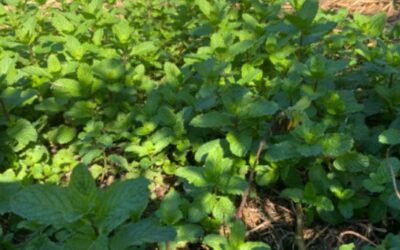
Bunya pine trees (Araucaria bidwilli) is a large tree growing 30-45 meters in height. It is a striking conifer native to the subtropical regions of Australia’s east coast, with a straight, rough-barked trunk and very impressive, symmetrical, dome-shaped crown.
As I researched more about the Bunya pine I was surprised to learn that these remarkable trees are not a true pine, but members of an ancient family of trees known as Araucariaceae. The family of trees was widespread in the Jurassic and Cretaceous periods.
The large spiky green cones are around 2.5 kilograms but can weigh up to 10 kilograms and these are the fruit of the Bunya pine tree. Each cone contains 50-100 large edible nuts that are enclosed within a woody shell. Walking under a Bunya pine tree during January and early February can be a dangerous affair if a cone happens to land on your head!
The tree is monoecious: this term means that male and female reproductive structures (cones in this case) are found on the same plant. A tree doesn’t produce seeds until it’s fourteen to twenty years old.
The Bunya pine tree is not considered threatened, however, according to the National Arboretum, its active conservation in the wild is important now to protect the sacred values that the indigenous people have for the species, as well as to protect it from threats from climate change.
The Bunya pine tree has a great significance to the Australian Aboriginal people and has played a major role in the gatherings of different tribes where they would temporarily set aside tribal differences to gather for great Bunya nut feasts. The abundance of the fleshy nuts would bring together massive gatherings and celebrations. These gatherings would bring about things such as trading, the arrangement of marriages and the settlement of disputes that would happen before travelling back to their respective countries.
The aboriginal word for the Bunya Pine is bon-yi. Traditionally the Bunya pine nuts were roasted on an open fire, ground into a paste or flour, and eaten raw. According to the Queensland Museum, the last of the traditional Bunya Gatherings is thought to have been held in 1902.
Only recently have my family and I found how delicious the Bunya nut is, finding many uses for the nut in both savoury and sweet dishes. The simplest way to prepare Bunya nuts for eating is to put them in a saucepan of water and boil for about half an hour then remove the nut from the shell and serve with butter and season. So far we have used Bunya nuts in soups, casseroles, damper, and bread but my favourite way to have them is in a pesto. I would like to share with you all my go-to pesto recipe…
Bunya Nut Pesto
Ingredients:
120g/4oz Bunya Nuts (boiled)
2 cups/8oz of fresh basil leaves
60g/2oz parmesan cheese grated
1 clove of garlic finely chopped
Salt and pepper to taste
270mls/9oz macadamia oil, mild olive oil, or any neutral oil
Method:
Combine all ingredients except the oil in a food processor and then with the motor running add the oil until all is combined.
Enjoy with pasta dishes, on pizza, as a dip, on fish or chicken, or as a topping on your favourite damper!
– By Eve Ballard




0 Comments